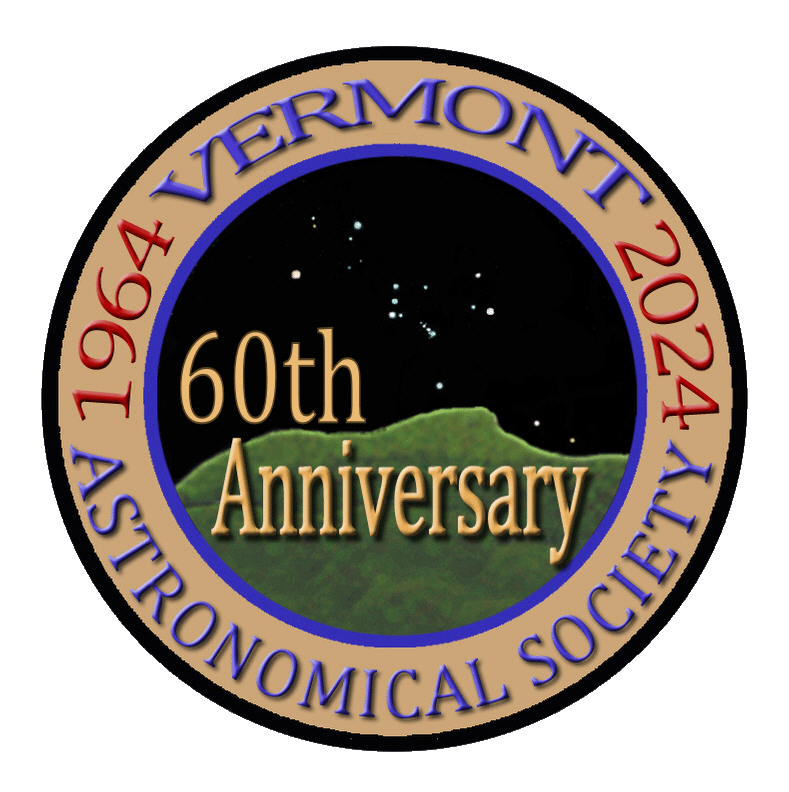Here's one of my few wintertime successes. So many projects get started and never finished over the winter due to the weather we have. Over the last few years I've wanted to image the Orion Nebula, but never finding myself with the opportunity due to the sky conditions. This year I was determined to give it a go. I took over 600 images of Luminance, R, G and B filtered data, and ended up cutting almost half of them due to clouds and haze. I ended up with 378 frames to make an image. I shot 90 second luminance along with 30 second luminance at 0 gain with my ASI6200MM camera and chroma filters. I shot 180 second red and 120 second blue and green frames and captured around 1.5 hours of each color. The low exposures in RGB kept my from getting too much sensor saturation, especially with all of those big beautiful young hot blue stars in the area! In the end I'm pleased with my attempt this year. I was hoping for deeper with all of those images but still happy to get something I like.
M42 is a combination of emission and reflection nebula. from Wikipedia:
The Orion Nebula is visible with the naked eye even from areas affected by light pollution. It is seen as the middle "star" in the "sword" of Orion, which are the three stars located south of Orion's Belt. The "star" appears fuzzy to sharp-eyed observers, and the nebulosity is obvious through binoculars or a small telescope. The peak surface brightness of the central region of M42 is about 17 Mag/arcsec2 and the outer bluish glow has a peak surface brightness of 21.3 Mag/arcsec2.[9]
The Orion Nebula contains a very young open cluster, known as the Trapezium Clusterdue to the asterism of its primary four stars within a diameter of 1.5 light years. Two of these can be resolved into their component binary systems on nights with good seeing, giving a total of six stars. The stars of the Trapezium Cluster, along with many other stars, are still in their early years. The Trapezium Cluster is a component of the much larger Orion Nebula cluster, an association of about 2,800 stars within a diameter of 20 light years.[10] The Orion Nebula is in turn surrounded by the much larger Orion molecular cloud complex, which is hundreds of light years across, spanning the whole Orion Constellation. Two million years ago the Orion Nebula cluster may have been the home of the runaway stars AE Aurigae, 53 Arietis, and Mu Columbae, which are currently moving away from the nebula at speeds greater than 100 km/s (62 mi/s).[11]
Enjoy
This is really great, Terri!! Glad you persisted -- it looks like it was worth it! Terrific job.
Greg
This is really great, Terri!! Glad you persisted -- it looks like it was worth it! Terrific job.
Greg
Thank so much Greg!
Terri

